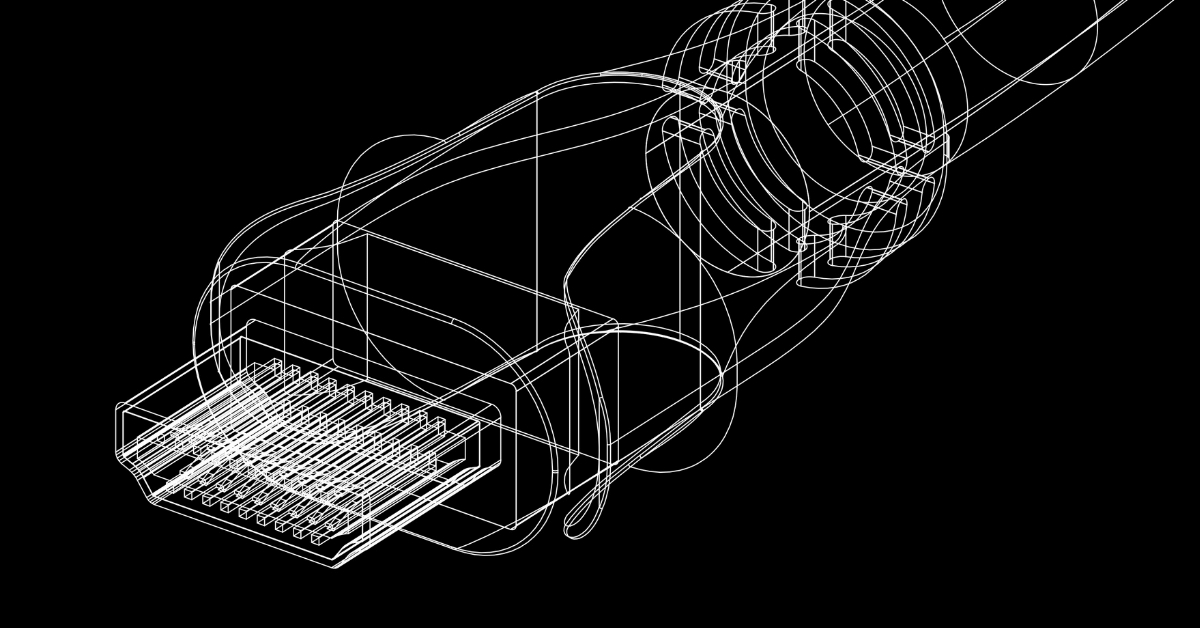HDMI Modulators: Top 5
If you’re looking for the best HDMI modulator on the market, you’ve come to the right place. We know that finding the perfect modulator can be a challenge. There are so many options out there and it’s hard to know which one is right for you. That’s why we’ve done the research for you and put together this comprehensive guide.
Top 5 HDMI Modulators
What is an HDMI Modulator and why do you need one?
An HDMI Modulator is a great way to distribute an HDMI source, like a Blu-ray player, to multiple TVs in your home or business over existing coaxial cable. Modulators take the HD video and audio signals from an HDMI source and “modulate” them onto a single unused TV channel so that you can split and distribute the signal to multiple TVs using a TV splitter (sold separately). This is perfect for homes or businesses with multiple TVs that want to display the same thing, without having to run new cables.
The different types of HDMI Modulators available
There are several different types of HDMI Modulators available. Each type has its own advantages and disadvantages.
Analog RGB:
These modulators convert the digital HDMI signal into an analog signal. The advantage of this type is that it is compatible with older TVs or other displays that don’t have HDMI inputs. The downside is that the quality of the signal is not as good as other types of modulators.
HDMI over IP:
These modulators convert the digital HDMI signal into an IP signal. The advantage of this type is that it can be used with any TV that has an Ethernet input. The downside is that it requires a network connection.
HDMI over Coax:
These modulators convert the digital HDMI signal into a coaxial cable TV signal. The advantage of this type is that it can be used with any TV that has a coaxial input. The downside is that it can introduce some interference into the signal.
The features to look for in an HDMI Modulator
There are a few features that you should look for when you are choosing an HDMI Modulator. First, make sure that the Modulator supports the resolution that you want to use. Most Modulators will support 1080p, but some may only support 720p.
Next, check to see if the Modulator has any audio output options. SomeModulators will only output audio through the HDMI cable, while others will also have an optical or analog output. If you want to use your television’s built-in speakers, make sure that the Modulator you choose has an audio output that is compatible with your TV.
Finally, check to see if the Modulator has any other features that you might find useful. Some Modulators come with a remote control, while others have an LCD display that shows information about the input and output signals.
The benefits of using an HDMI Modulator
HDMI Modulators offer a unique and convenient way to distribute an HDMI signal to multiple displays. HDMI Modulators offer several benefits over other methods of distributing an HDMI signal, including:
-Ease of Use: HDMI Modulators are easy to install and use. Simply connect the HDMI Modulator to the source device and the display, and you’re ready to go.
-Flexibility: With an HDMI Modulator, you can easily change the display resolution and refresh rate to match the capabilities of your display. You can also use an HDMI Modulator to distribute an audio signal to multiple speakers or headphones.
-Convenience: HDMI Modulators offer a convenient way to distribute an HDMI signal without having to run long cables between the source device and the display.
How to setup and use an HDMI Modulator
An HDMI Modulator is a device that allows you to take an HDMI input, like from a Blu-Ray player, and modulate it down to a lower frequency so that it can be distributed using coaxial cable. This is useful if you want to distribute an HDMI signal to multiple TVs in your home, but don’t want to run long lengths of HDMI cable.
To use an HDMI Modulator, first you need to connect the HDMI source to the modulator using an HDMI cable. Then, connect one end of a coaxial cable to the modulator and the other end to the TV. You will need a separate coaxial cable for each TV that you want to connect to the modulator. Once everything is connected, power on the modulator and your TV. You should now be able to see the signal from your HDMI source on your TV.
Troubleshooting tips for HDMI Modulators
If you are having trouble getting your HDMI Modulator working, here are a few tips that may help:
- Check that all cables are securely connected and that the power is turned on.
- If you are using an HDMI splitter, make sure that it is compatible with the modulator.
- Try a different HDMI cable. Sometimes, older cables can cause problems.
- If you are using an HDMI to DVI adapter, make sure that it is firmly seated in the HDMI port.
- Check your TV’s input sources to make sure that the modulator is selected.
- If you are still having trouble, please contact our support team for assistance.The top HDMI Modulators on the market
This is a list of the top HDMI Modulators on the market as of July 2020. - 8channel HDMI modulator
- 4channel HDMI modulator
- 2channel HDMI modulator
- 1channel HDMI modulator
FAQs about HDMI Modulators
Q: What is an HDMI Modulator and what does it do?
A: An HDMI Modulator is a device that allows you to distribute an HDMI signal from a source device (like a Blu-ray player or media server) to multiple displays (like TVs or projectors) over a single coaxial cable. This type of system is often used in commercial applications, like retail stores or hotels, where multiple displays need to show the same content.
Q: How does an HDMI Modulator work?
A: An HDMI Modulator takes an incoming HDMI signal and converts it into a format that can be transmitted over a single coaxial cable. The modulated signal can then be received by a receiver connected to each display. The receiver will decode the signal and send it to the display, which will show the content from the source device.
Q: What are the benefits of using an HDMI Modulator?
A: One of the main benefits of using an HDMI Modulator is that it allows you to distribute an HDMI signal to multiple displays without having to run multiple HDMI cables. This can save both time and money, especially in larger installations. Additionally, modulating an HDMI signal can help reduce interference from other devices or cables that may be running near the HDMI cable.
Q: Do I need any special equipment to use an HDMI Modulator?
A: In order to use an HDMI Modulator, you will need a source device with an HDMI output (like a Blu-ray player or media server), a modulator, a coaxial cable, and a receiver for each display.
Q: How do I install an HDLINKY 4K60 4:2:0 LTE COFDM AV modulation system?
1) Start by connecting your source device ( like a Blu-ray player or media server) to the input of the modulator using an HDMI cable.
2) Next, connect the modulator to your router using an Ethernet cable. This will allow you to configure the modulator and update its firmware.
3) Now connect a coaxial cable from the output of the modulator to the input of your first receiver. You can then connect your first display to the output of the receiver using another coaxial cable. Repeat this process for each additional display that you want to add to your system.



